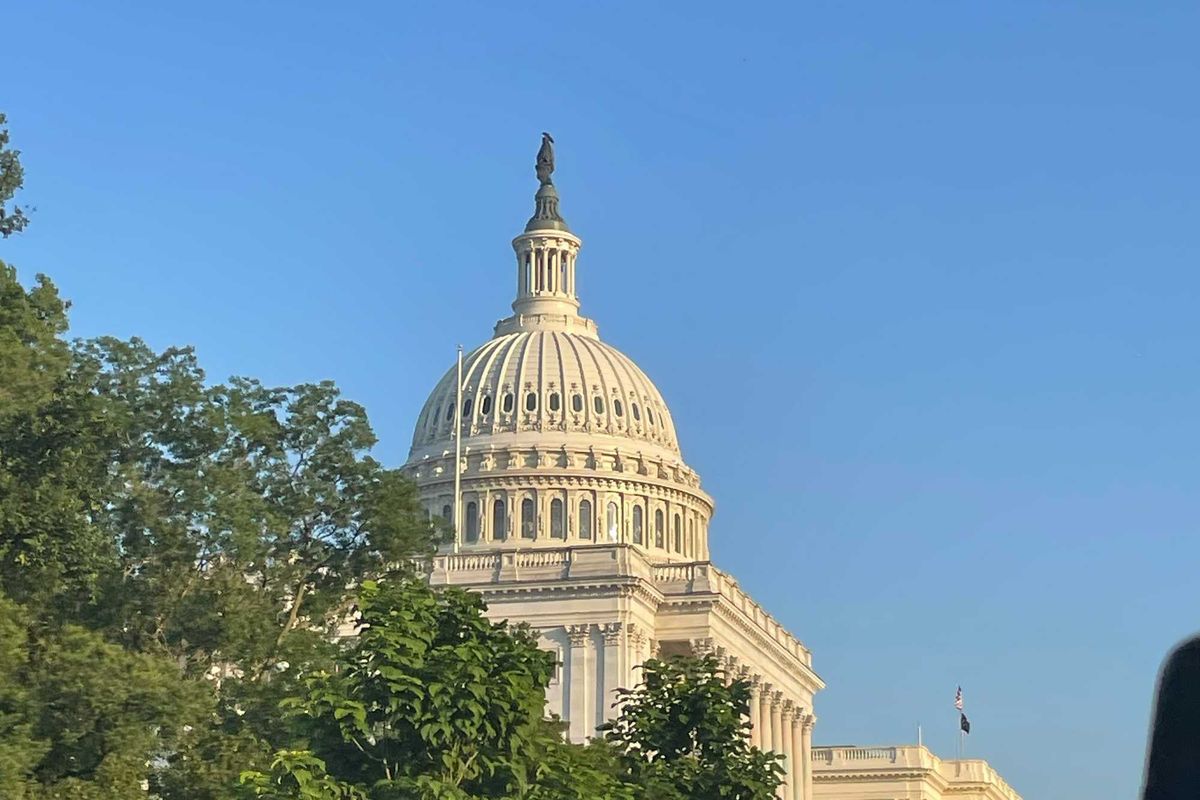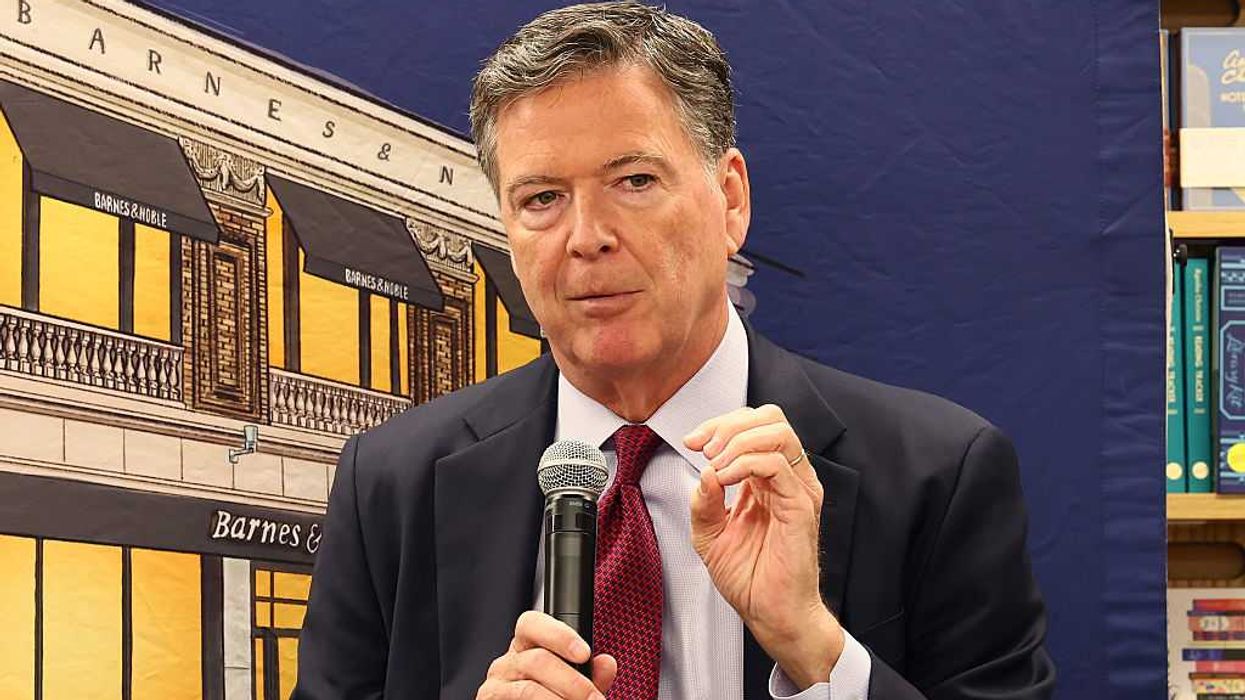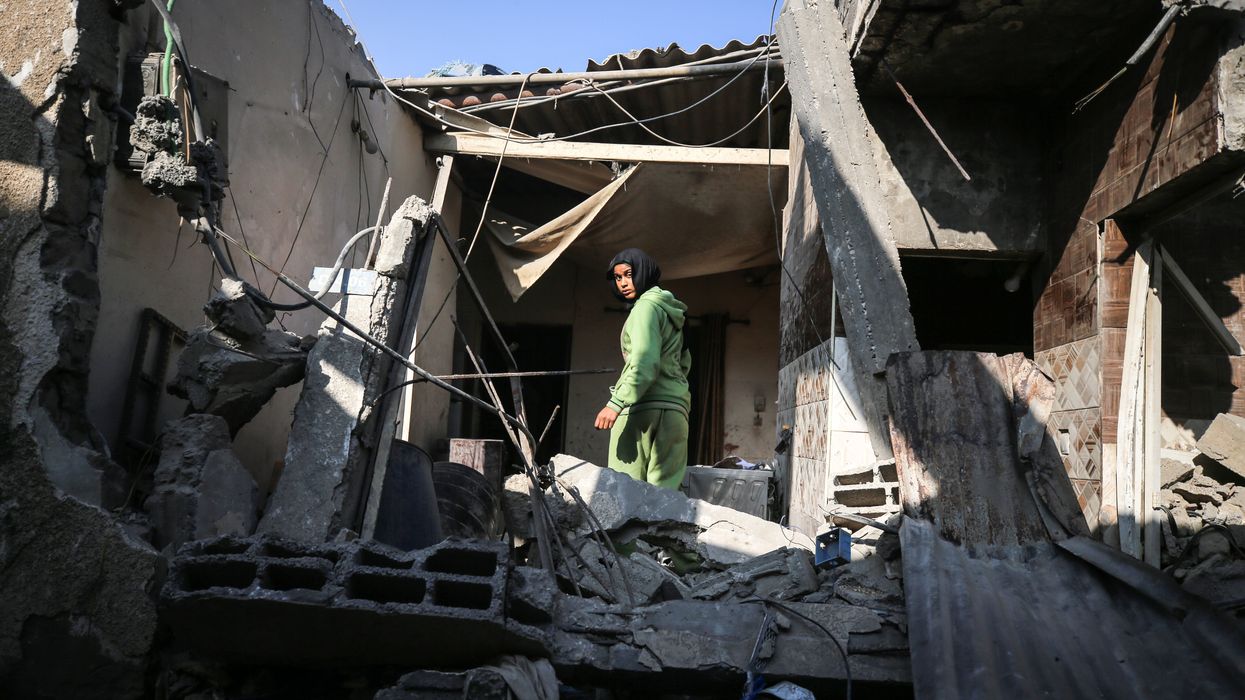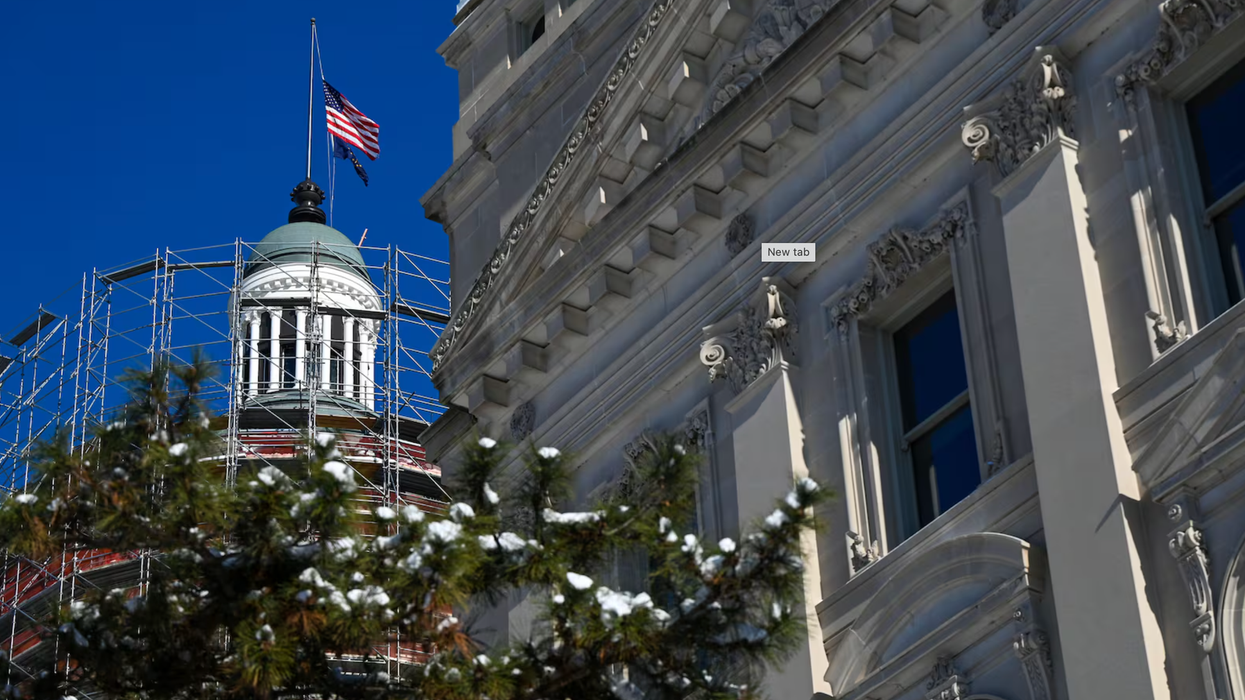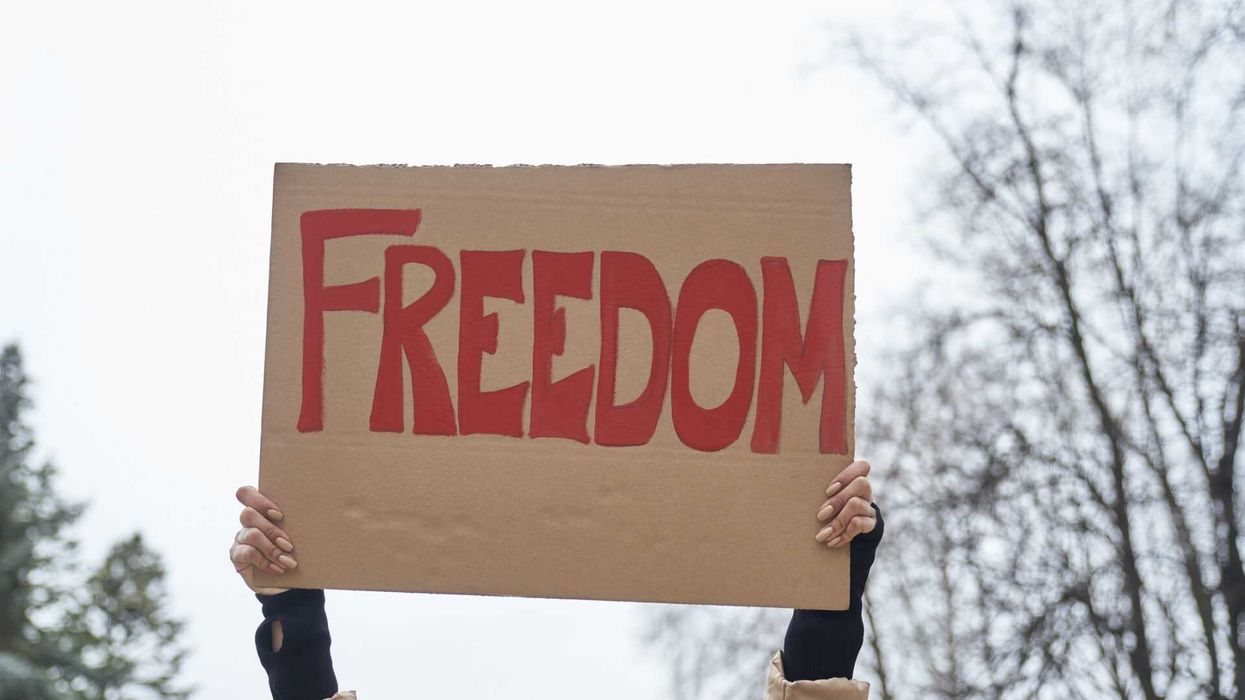Introduction – Stress Tests and Hidden Strength
The indictment of former FBI Director James Comey in September 2025 was a stark reminder of how fragile our institutions have become under Trump 2.0. An inexperienced prosecutor, Lindsey Halligan, chosen more for loyalty than expertise, pushed through felony charges at the president’s urging. The move broke with the Justice Department’s tradition of independence and highlighted the risks that arise when political power bends justice toward retribution.
This is not just a story about one man. It is a warning that America’s democracy is like a bridge under heavy strain. Crises expose cracks but can also reveal hidden strength. For ordinary citizens, this means a justice system more susceptible to political pressure, a government less accountable, and daily life shaped by leaders willing to bend the rules for personal gain.
Why Real Change Requires Four Supports
No bridge stands on a single pillar. Durable reform requires four supports working together, each carrying a weight that the others cannot. Think of these as the blueprint of ideas, the load bearers of citizen action, the cultural foundation beneath it, and the institutional girders that give it form. Only when all four reinforce one another can the structure endure.
History shows the danger of partial repair. Reconstruction’s amendments stood on paper, but without cultural acceptance or enforcement, they collapsed. A voting law without civic trust falters. A speech without backing is symbolic, not durable. Renewal works only when all supports reinforce each other. Quick fixes won’t hold; sooner or later, the structure will fail.
The Blueprint: Ideas and Vision
Ideas chart democracy’s direction. But a design on paper is useless without leaders to bring it to life. The best leaders remind citizens they belong to something larger. They hold up a mirror that reflects not only division but a common identity worth defending. Others rip up the blueprint, feed grievance, cast neighbors as enemies, and make violence seem like the only language left.
Democracy is always a contest of conflicting blueprints. One sketch imagines inclusion and resilience. Another aims to narrow belonging and hoard power. Pretend it doesn’t matter which wins, and you’ve already chosen collapse. That choice isn’t abstract. It decides whether the bridge holds when you and your children step onto it.
The Load Bearers: Behavior and Participation
A structure fails when weight is not spread evenly across its supports. Ideas mean little unless citizens act on them: casting ballots, attending meetings, organizing in communities. Suffragists marched and endured arrests until the 19th Amendment became real. Civil rights activists held sit-ins, registered voters, and faced down intimidation to force change. Many paid dearly, but their persistence kept the span from collapsing.
Behavior spreads by example. Leaders demonstrate this when they line up to vote, attend local forums, or collaborate with grassroots groups. Ordinary citizens matter just as much: the neighbor running for school board, the retiree helping register voters. These small, visible acts ripple outward, reinforcing the norm that democracy is everyone’s work.
Barriers and intimidation shrink participation. Voting restrictions, disinformation, and political violence all weaken the pillars of democracy. Renewal requires lowering those barriers and widening engagement so the bridge has enough strength to carry the nation’s weight. Ignore it, and the span breaks.
The Foundation: Culture and Norms
No span stands without a solid foundation beneath it. Culture is the ground that determines whether reforms endure. The women’s movement reshaped workplaces and schools. The environmental movement shifted public consciousness long before federal law caught up. Each demonstrated how cultural change can alter the foundations of society. Cultural change is slow and often driven from below. Ordinary people normalize new ways of living together: neighbors accepting interracial marriage, coworkers welcoming LGBTQ colleagues, students rejecting bullying. Leaders can signal, as Eisenhower did at Little Rock or as Obama did by lighting the White House in rainbow colors, but the foundation is built by daily choices.
Today’s disinformation crisis reveals how easily foundations can be compromised. Lies corrode trust like water undermining soil. Renewal requires civic education that teaches democratic habits, media literacy to resist manipulation, and a fresh commitment to pluralism. Without that foundation, reforms sit on shaky ground. With it, the span can withstand even heavy strain. Think culture doesn’t matter? It’s the ground you’re standing on. Ignore it, and the bridge will sink beneath your feet.
The Girders: Institutions and Rules
Institutions give reforms durability. They embed change into lasting practice and keep the structure intact. The EPA and Clean Air Act turned environmental awareness into enforceable protections. Campaign finance laws checked machine politics. Each was a girder locking reforms into place. But weak girders let progress collapse. Prohibition cracked because it lacked cultural support. The Citizens United decision overturned key campaign finance laws, unleashing a flood of money that weakened democratic accountability. Institutions are where reform either solidifies or fails.
Today’s girders are stressed. Emergency powers are stretched, courts politicized, and Congress sidelined. Renewal means reinforcing them: ranked-choice voting to reduce polarization, independent redistricting, limits on unilateral executive powers, and increased transparency in the judiciary. Without strong girders, even the best blueprint and foundation won’t hold the span. Shrug at institutional decay if you want, but don’t be surprised when the structure gives way while you cross.
Conclusion – Renewal as Reinforcement
Democracy doesn’t endure by habit. It survives only through constant upkeep of ideas, participation, culture, and institutions. January 6 showed how quickly cracks spread when leaders inflame and institutions falter. Comey’s indictment revealed the same danger: when justice bends to retribution, democracy buckles. America must repair its structure or risk weakening it. Renewal is possible, but only if citizens act now. Democracy doesn’t maintain itself.
Robert Cropf is the Professor of Political Science at Saint Louis University




